When learning French, one of the keys to success is making sure you use a variety of different resources so you're exposed to as much natural, authentic language in as wide a range of contexts as possible.
Nowadays, you’re spoilt for choice with the online study materials you can turn to. But sometimes, the old ways are still the best – and reading is still an excellent way to improve your French.
However, knowing what to read can be difficult, especially since reading is at its most effective when you have reading material that’s at just the right level for you.
Many learners find it useful to start reading kids’ books before they move on to tackling native-level material intended for adults. And to help you find something suitable, here are my top recommendations for French children’s books for you to try.
Pro Tip
By the way, if you want to learn French fast by reading, my top recommendation is French Uncovered which teaches you through StoryLearning®.
With French Uncovered, you’ll use my unique StoryLearning® method to learn French through story…not rules. It’s as fun as it is effective. If you’re ready to get started, click here for a 7-day FREE trial.
Table of Contents
1. Le Petit Prince – Antoine de Saint-Exupéry
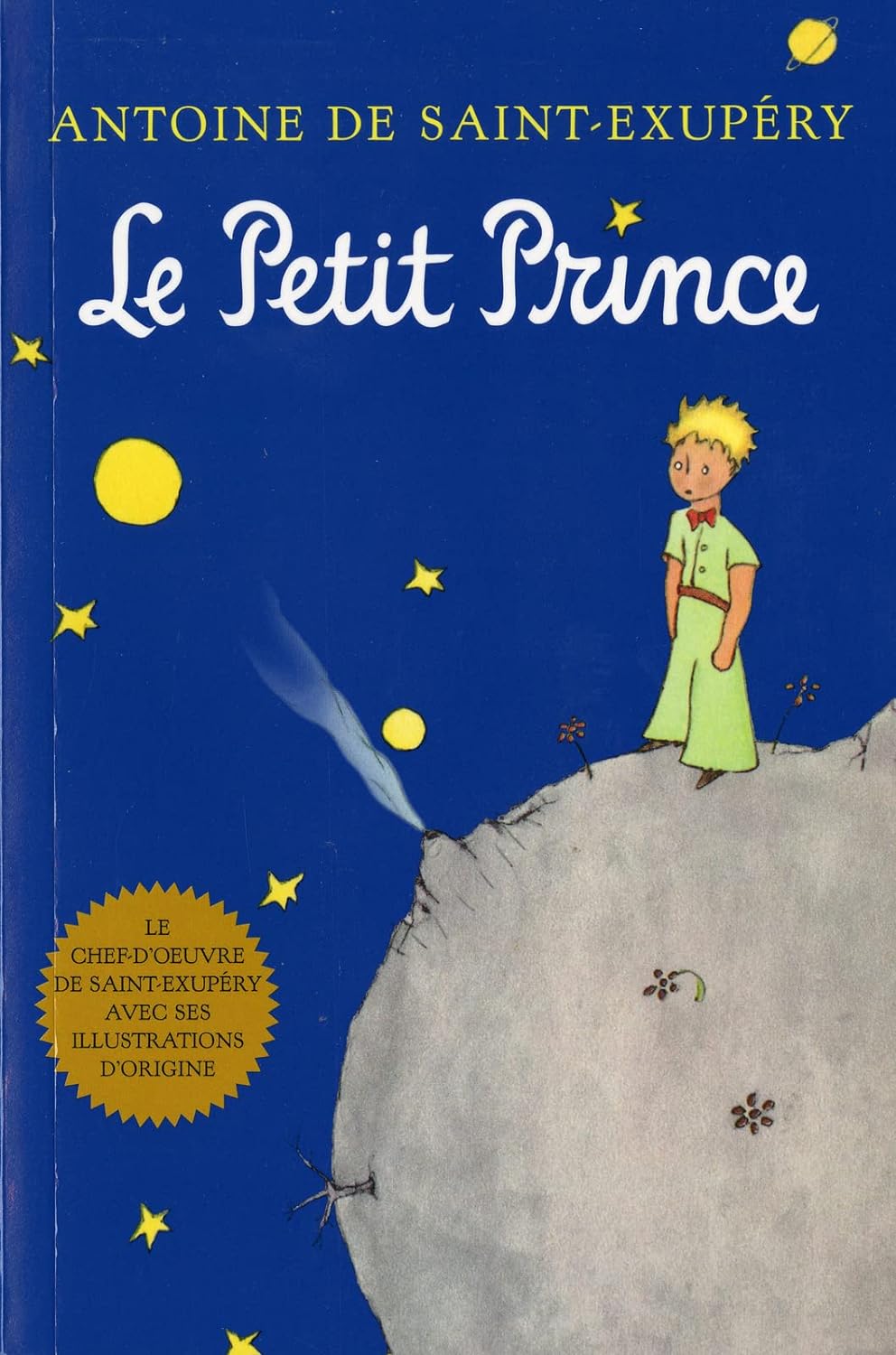
Any list of French children’s books can really only start in one place, and that’s with Antoine de Saint-Exupéry’s Le Petit Prince.
It’s inarguably the best-known and most beloved of all French children’s books the world over.
The book was first published simultaneously in English and French in the United States in 1943 after de Saint-Exupéry’s death.
It went on to be translated into over 500 different languages and dialects, making it the second most translated work in history, behind only the Bible.
The narrator of the story is a pilot who crashes his plane in the Sahara and meets the Little Prince there – and in conversing with the Little Prince, he learns of his fantastical story.
Although primarily a children’s book, Le Petit Prince is deceptively complex and layered and so will also appeal to adult readers, especially those who haven’t quite lost touch with their inner child.
Its simple style and short length also make it an excellent place to start for learners of French. And you'll probably find yourself enjoying this classic French children’s book at some point on your learning journey.
2. Les Trois Mousquetaires – Alexandre Dumas
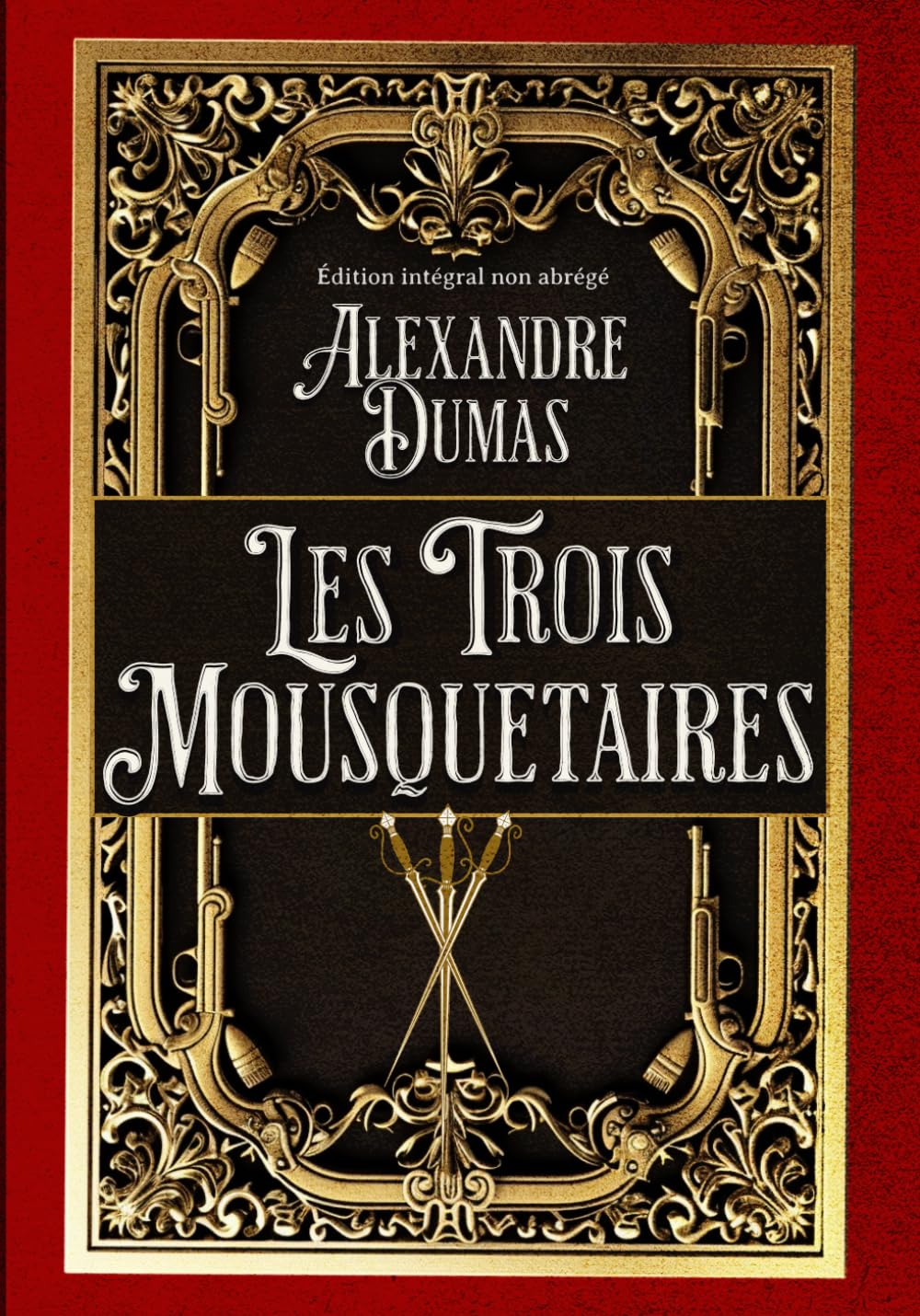
You've probably at least have heard of Les Trois Mousquetaires (The Three Musketeers).
If you're an ambitious learner looking for a tale of action and high adventure, this could be an obvious place to turn.
The story follows the life of d'Artagnan, a young man who leaves Gascony and sets off for Paris in the hopes of enrolling in the élite unit, the Musketeers of the Guard.
Things start badly for him, and he soon finds himself duelling with three of the most famous Musketeers of the day. However, d'Artagnan eventually becomes close friends with the three, and the novel then recounts the adventures they go on to share.
This book is less suitable for those with a lower level of French, both because it’s very long and also because it was written in the mid-19th century, making some of the language it uses quite challenging.
However, it’s a classic of the genre and a well-known work of French literature. So if you're an advanced learner who is up for a challenge, you should consider giving it a go.
3. Le Tour Du Monde En Quatre-Vingts Jours – Jules Verne
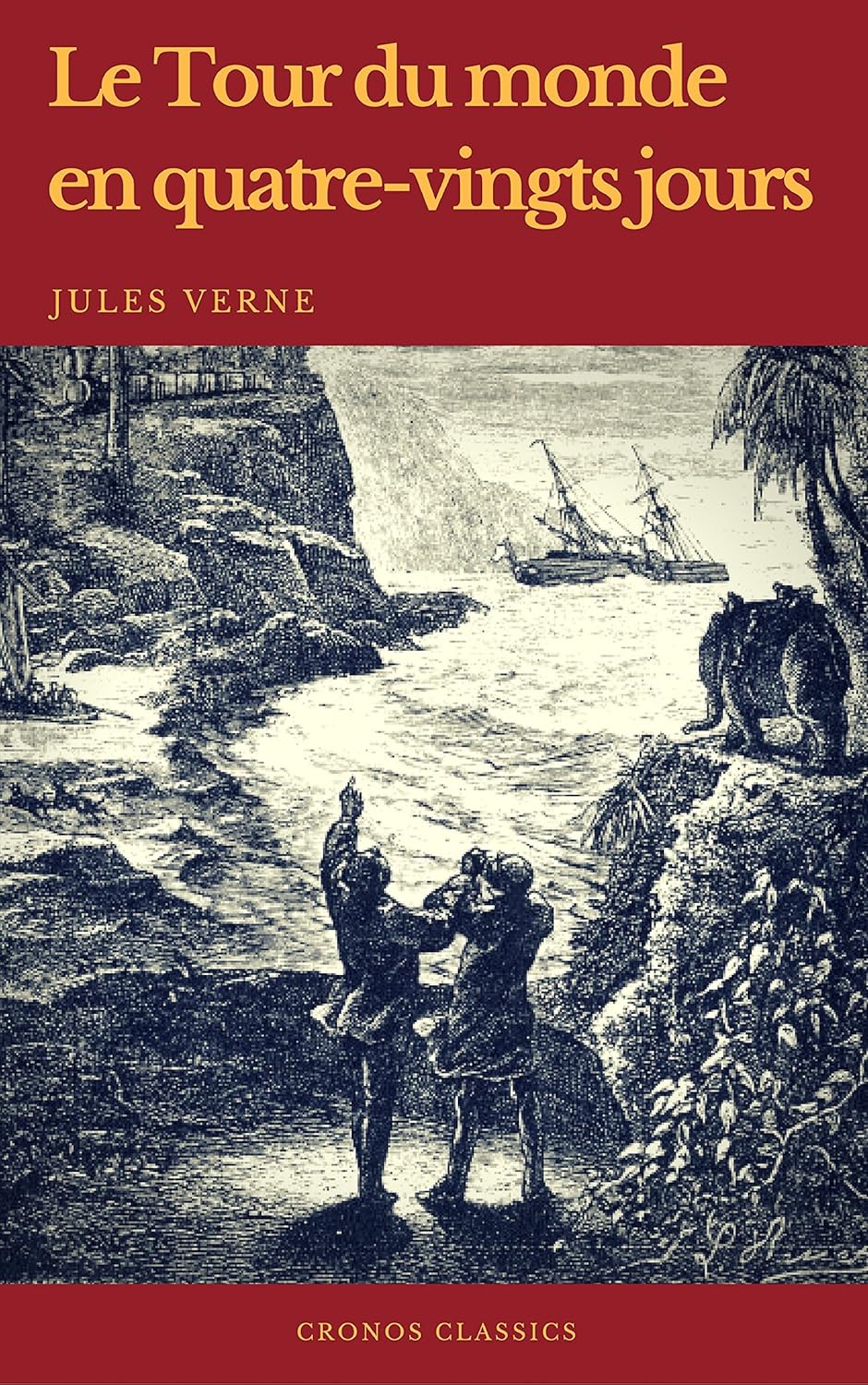
A tale of adventure that blurs the distinction between French children’s books and novels for grownups is Le Tour du monde en quatre-vingts jours by Jules Verne.
The book is known in English as Around the World in Eighty Days and was first published in 1872.
The novel tells the tale of Phileas Fogg, an imperturbable Englishman who places a wager with the other members of his club that he can complete a trip around the world in no more the 80 days.
His attempt sees him pass through India, Japan and the United States among others by boat, train and any other means of transport available in his effort to win the bet.
Again, the language is slightly dated, making it more challenging if your French isn’t quite up to the level.
However, its shorter length helps make it more accessible than something as long as Les Trois Mousquetaires. And the style of writing is also relatively easy to understand.
If you like this, you can also try other novels by Jules Verne, including Vingt mille lieues sous les mers (Twenty Thousand Leagues under the Seas) and Voyage au centre de la Terre (Journey to the Centre of the Earth).
I learnt an important lesson about reading in French when I first read Jules Verne – and that was not to look up and write down every word I didn’t know while reading but rather to guess words I didn’t know and to read mostly for enjoyment instead.
Otherwise, you’ll end up looking up lots of obscure words you’ll never need to use – like words related to 19th-century travel – and it will take you about six months to finish a single short novel.
This is good advice to apply whenever you try reading books in a foreign language! And in fact, it just happens to be one of the 10 rules of StoryLearning.
4. Histoire de Babar – Jean de Brunhoff
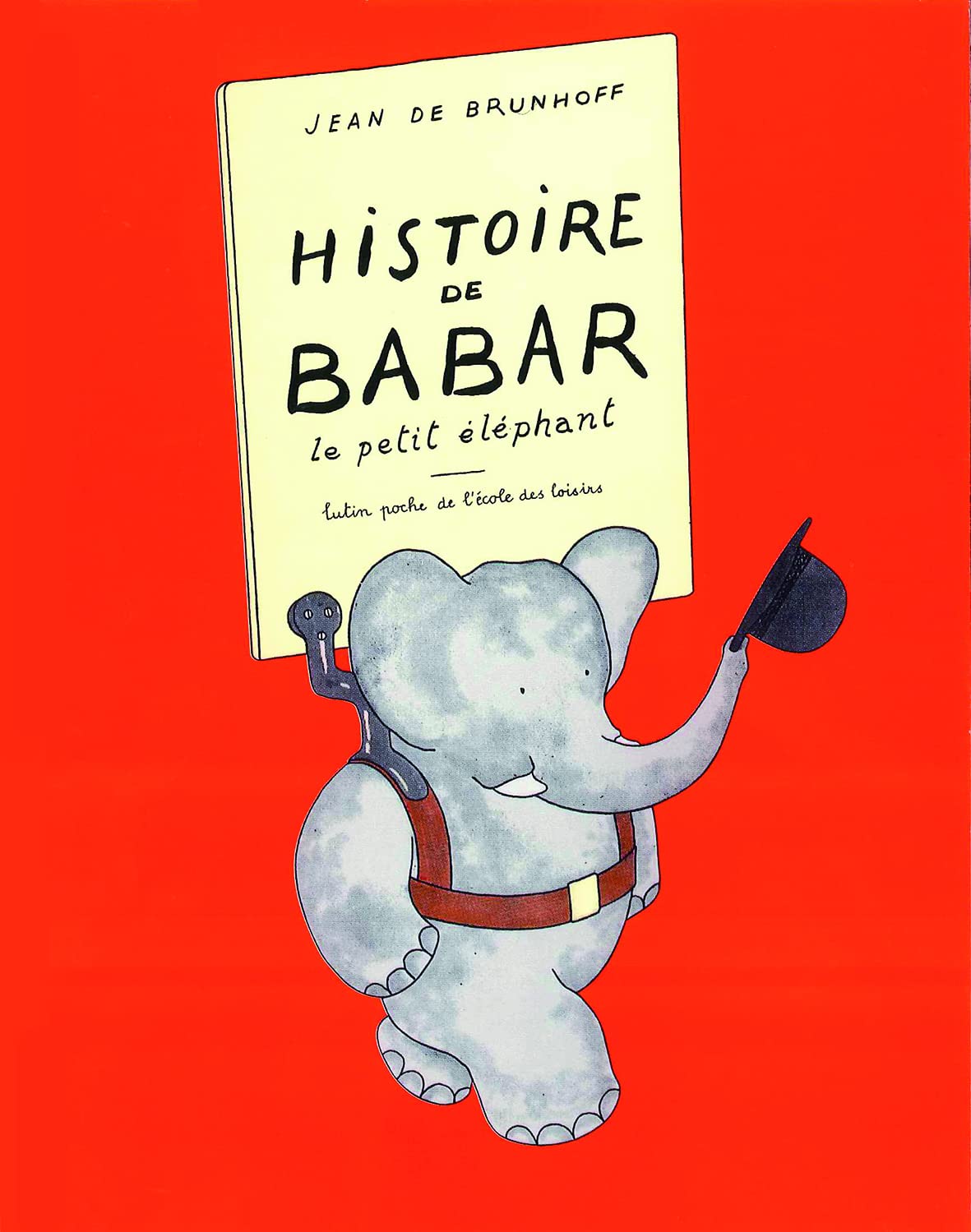
For something a bit lighter, you can try the Babar books, the first being Histoire de Babar by Jean de Brunhoff, which first appeared in 1931.
This series of French children's books also exists translated into English. But if you’re learning French, it can be rewarding to read them in the original.
They consist of illustrated stories about an elephant named Babar who, in the original story, leaves the jungle and visits Paris after his mother is killed by a hunter.
Following his time in Paris, he returns to Africa where he is proclaimed the King of the Elephants and brings new levels of civilisation to his subjects after his experiences abroad.
In the years since their publication, the books have been subject to negative interpretations, specifically because the plot can be seen as glorifying French colonialism.
While this may be true – and in this sense, some elements have not aged well – the Babar books still delight readers in many ways, providing a fun means of improving your French while enjoying stories that generations of French kids have grown up reading.
5. Astérix
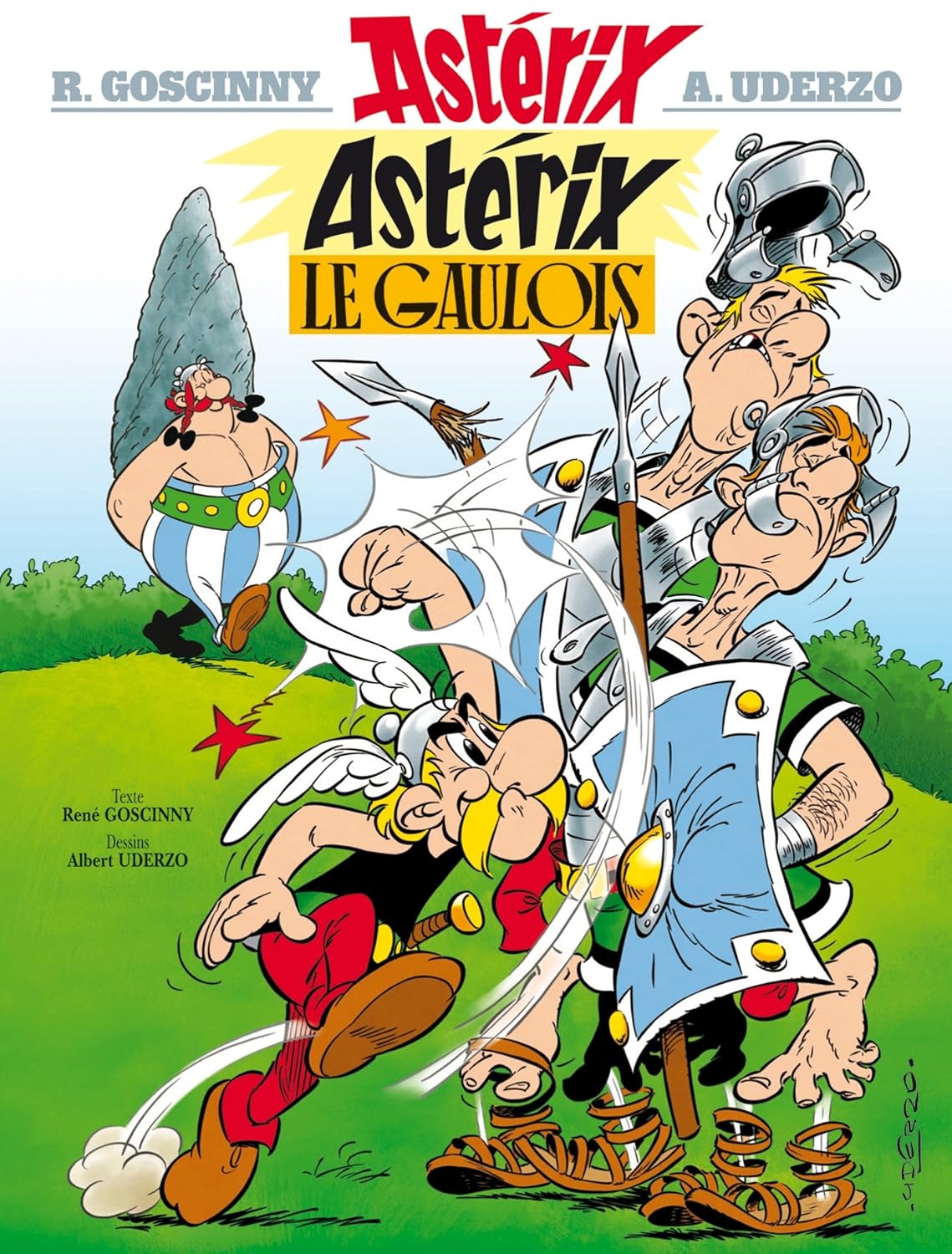
In French and also Belgian popular culture, BD – bande dessinée or comic strips – occupy a special place, and most children enjoy reading them.
Among the most famous outside of France is Astérix.
This BD tells of the adventures of the eponymous hero and his band of Gaulish warriors who spend their time resisting the Roman occupation with the help of a special magic potion.
Reading BDs like Astérix is an enjoyable and effective way of improving your French because the language is usually easy to understand, and the pictures can help you get a handle on the gist of the story.
You’ll also get plenty of exposure to real language in terms of grammar and vocabulary at the same time as learning more about French culture and cultural references, all of which can only help give your overall French ability a boost.
6. Le Petit Nicolas – René Goscinny, Illustrated By Jean-Jacques Sempé
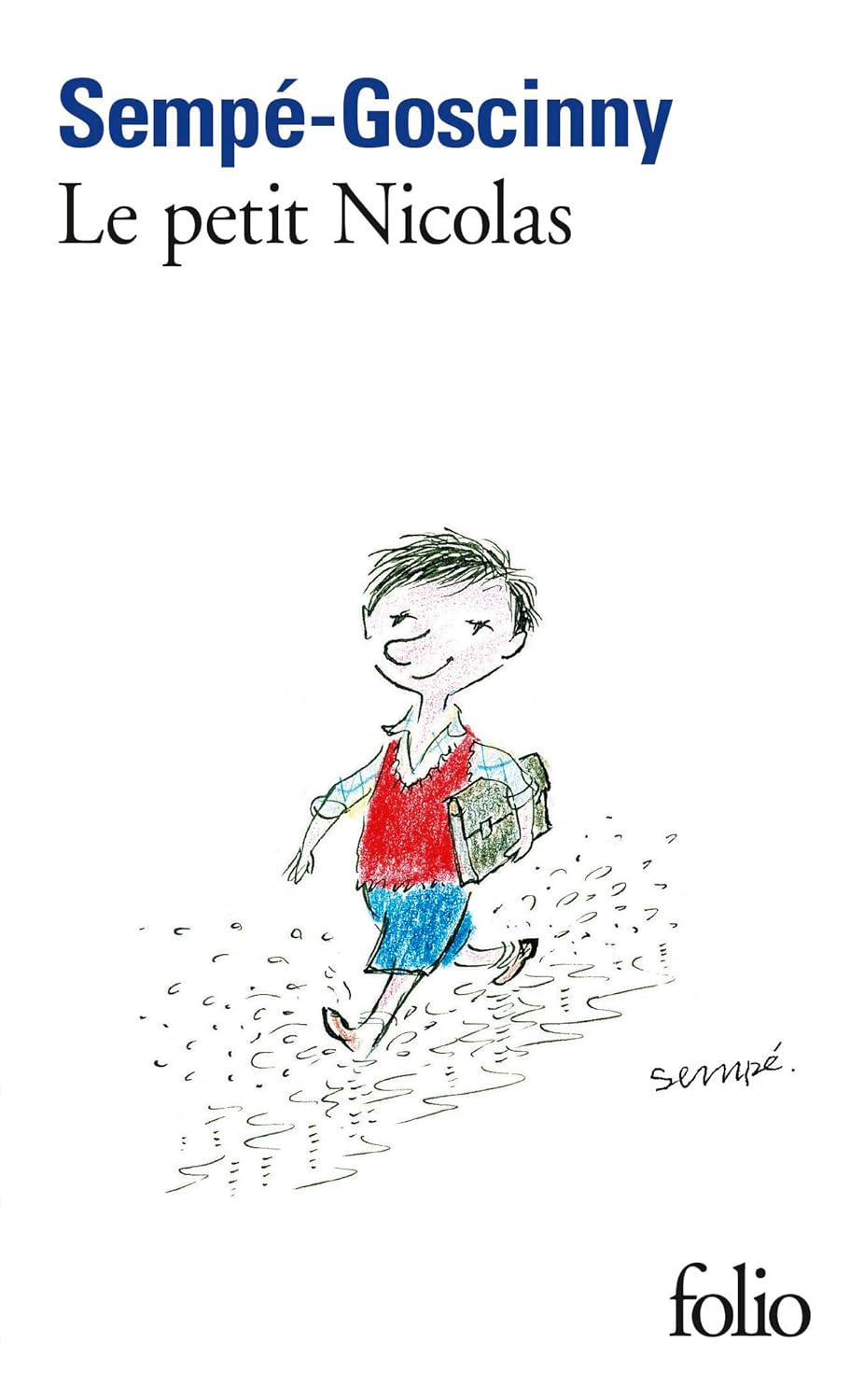
Le Petit Nicolas started as a BD in Belgium depicting an idealised version of France in the 1950s. But the author and illustrator later decided to adapt it into book form.
The books revolve around Nicolas, a young boy who serves as the narrator.
Nicolas tells the stories through the eyes of a child who often misunderstands the behaviour of the adults around him, which forms the basis of many of the jokes.
The Nicolas books are especially endearing due to the naïve nature of the main protagonist as well as the quaint view of French life they portray.
Set in the 1950s, the stories may be a little dated now. But they're still fun to read and offer a window into the France of yesteryear and the preoccupations of a young boy trying to make sense of the world around him.
7. Les Contes De Perrault – Charles Perrault
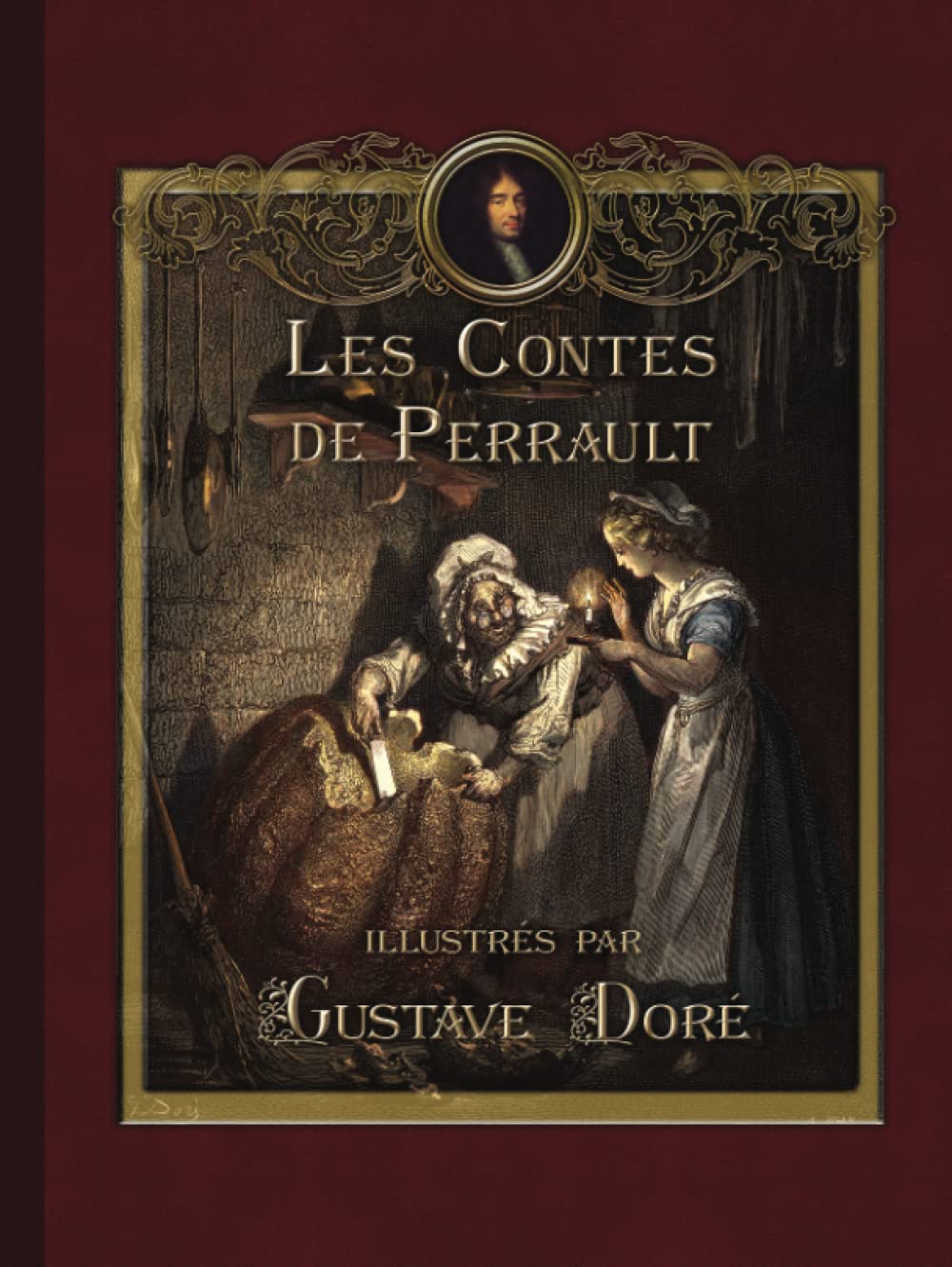
Active in the 17th and the very first years of the 18th centuries, Charles Perrault was a French author who is credited with inventing the fairy tale as a literary genre.
Although you may not have heard of him before, almost everyone knows his most famous contes (tales) since he penned classics like:
- Le Petit Chaperon Rouge (Little Red Riding Hood)
- Cendrillon (Cinderella)
- and La Belle au bois dormant (Sleeping Beauty).
As you might expect, his original stories aren't always easy for beginners to read since his language is now dated.
However, for more curious advanced readers interested in discovering the original versions of these well-known tales, his works can make a fascinating read.
8. Les Malheurs De Sophie – Sophie Rostopchine, Countess of Ségur
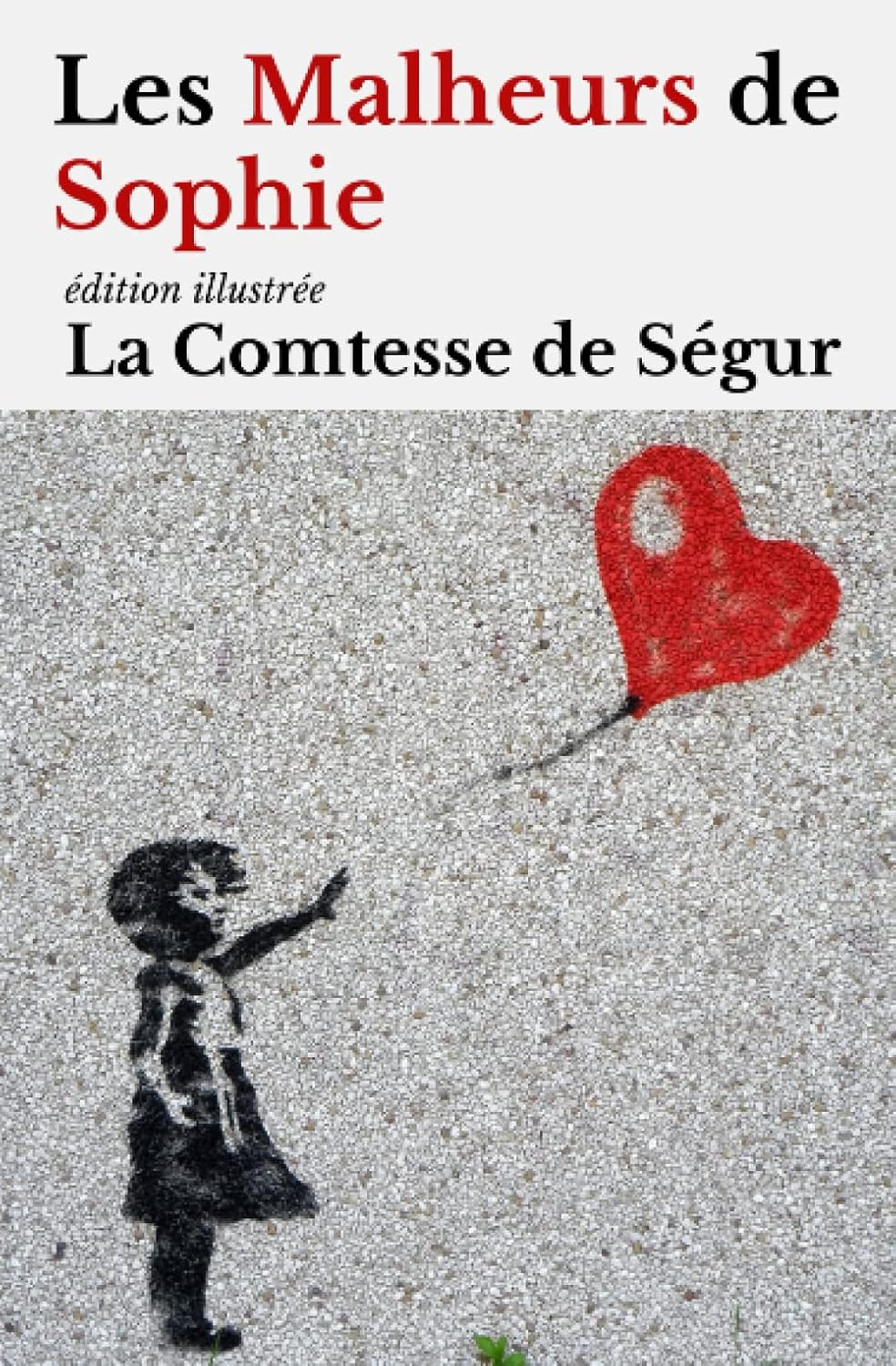
Les Malheurs de Sophie (Sophie’s Misfortunes) is a classic French children’s novel written by Russian-born Sophie Rostopchine, Countess of Ségur.
Published in 1858, the book details the life and tribulations of Sophie, a mischievous little girl growing up in a castle in the countryside of 19th-century France.
It has remained popular among French children to this day and was formerly also a traditional text used to teach young girls French in the UK.
It’s a suitable option for both children and adults looking to improve their French – although you will need a certain level of French to understand it since it was written with native-speaking French children in mind.
9. Le Loup
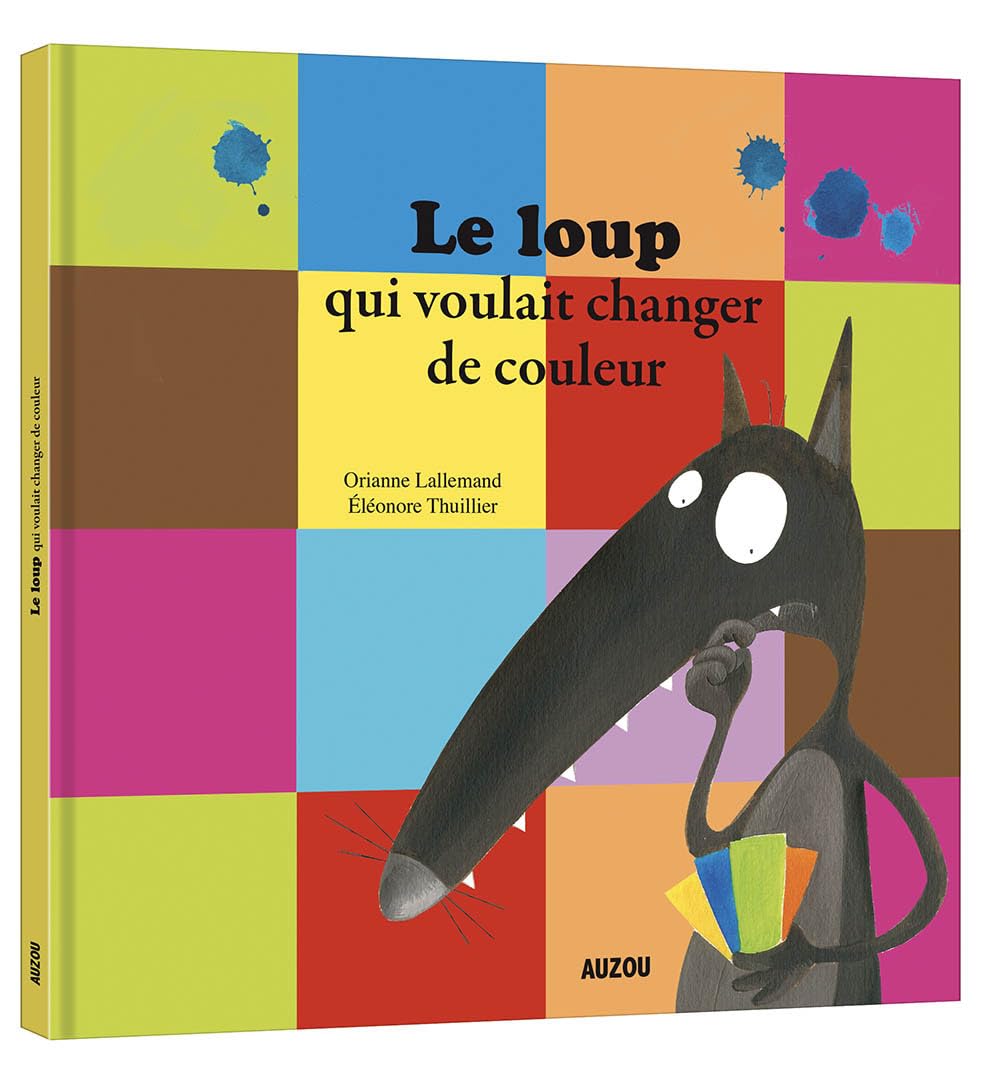
The Le Loup (The Wolf) stories are a collection of 24 illustrated books aimed at children with a friendly wolf as the main character.
The first book in the series is Le loup qui voulait changer de couleur (The Wolf Who Wanted to Change Colour).
Others include Le loup qui voulait être un artiste (The Wolf Who Wanted to be an Artist) and Le loup qui avait un nouvel ami (The Wolf Who Had a New Friend).
As you can probably guess from these titles, each book tells the story of the wolf’s latest adventures. They’re the kind of books that will appeal to younger readers who are learning French – as well as older learners who enjoy reading these kinds of kids’ books.
Bear in mind, however, that these books have been written with native speakers rather than learners in mind. For example, the stories use the literary past historic tense, something that beginners won’t be familiar with. So you’ll still need a certain level to be able to understand.

10. T’choupi
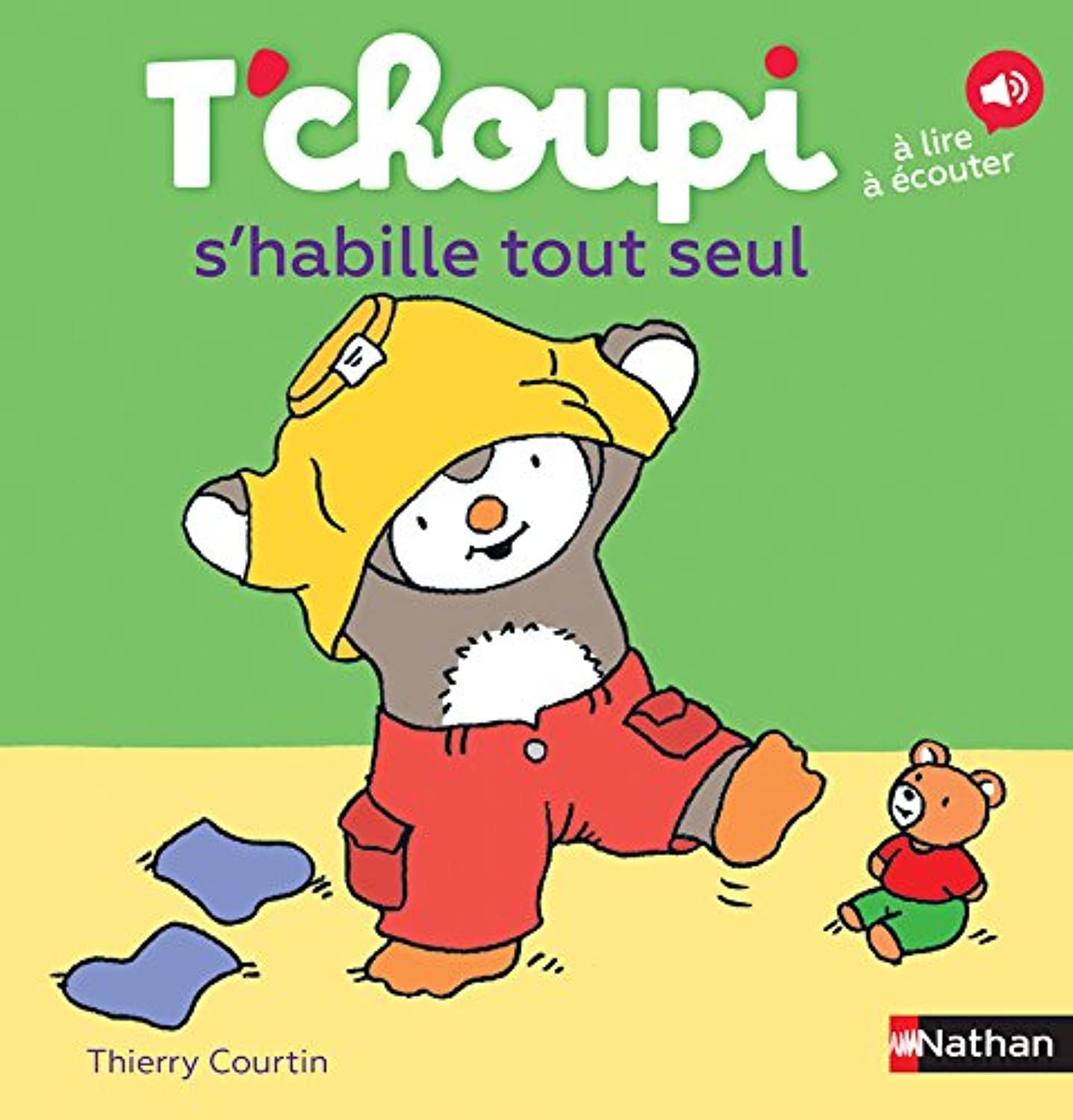
T’choupi is a series of books (and animated cartoons on YouTube) aimed at even younger kids – children who you read to and those who are beginning to read for themselves.
The stories are designed to teach young children basic life lessons like sharing their toys. For example, one book has the title T’choupi ne veut pas prêter (T’choupi doesn’t want to lend/share).
This is a good example of the kind of common themes you can expect. T’choupi is prone to tantrums, and he usually learns the error of his ways as the stories progress.
This should also give you an idea of the kind of age group these books are aimed at – they wouldn’t be especially rewarding for an adult interested in reading French children's books to improve their fluency.
However, if you have a bilingual child – or a very young child who is already starting French lessons – the 55 books in this series would be ideal, especially thanks to the adorable illustrations and lively plots.
11. Petit Ours Brun
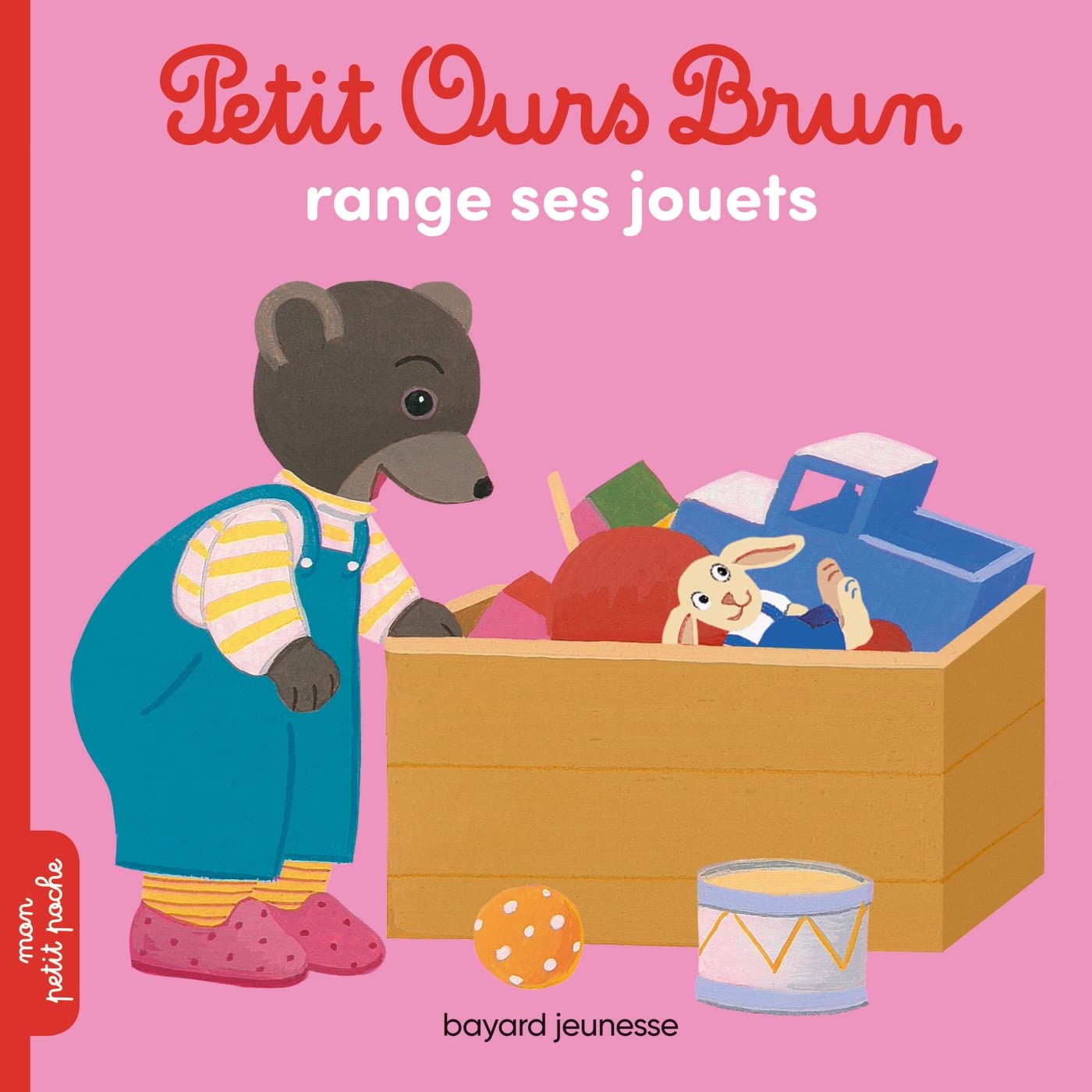
The Petit Ours Brun (Little Brown Bear) collection is aimed at a similar age group as the T’choupi books and features broadly similar storylines and attractive illustrations.
However, the main difference is that the Little Bear inhabits a much more idealised – and perhaps outdated – world where the mum stays at home, the dad goes out to work and the Little Bear himself is a well-behaved only child.
The books are recommended for children between two and six years old. So they’re good for reading to younger children or letting children read for themselves once they learn.
Again, they’re not great for adults looking for something to help improve their own French.
But if you have young children who are learning French and want to practise your French at the same time, reading books like this with your kids could help you kill two birds with one stone.
12. Martine – Marcel Marlier And Gilbert Delahaye
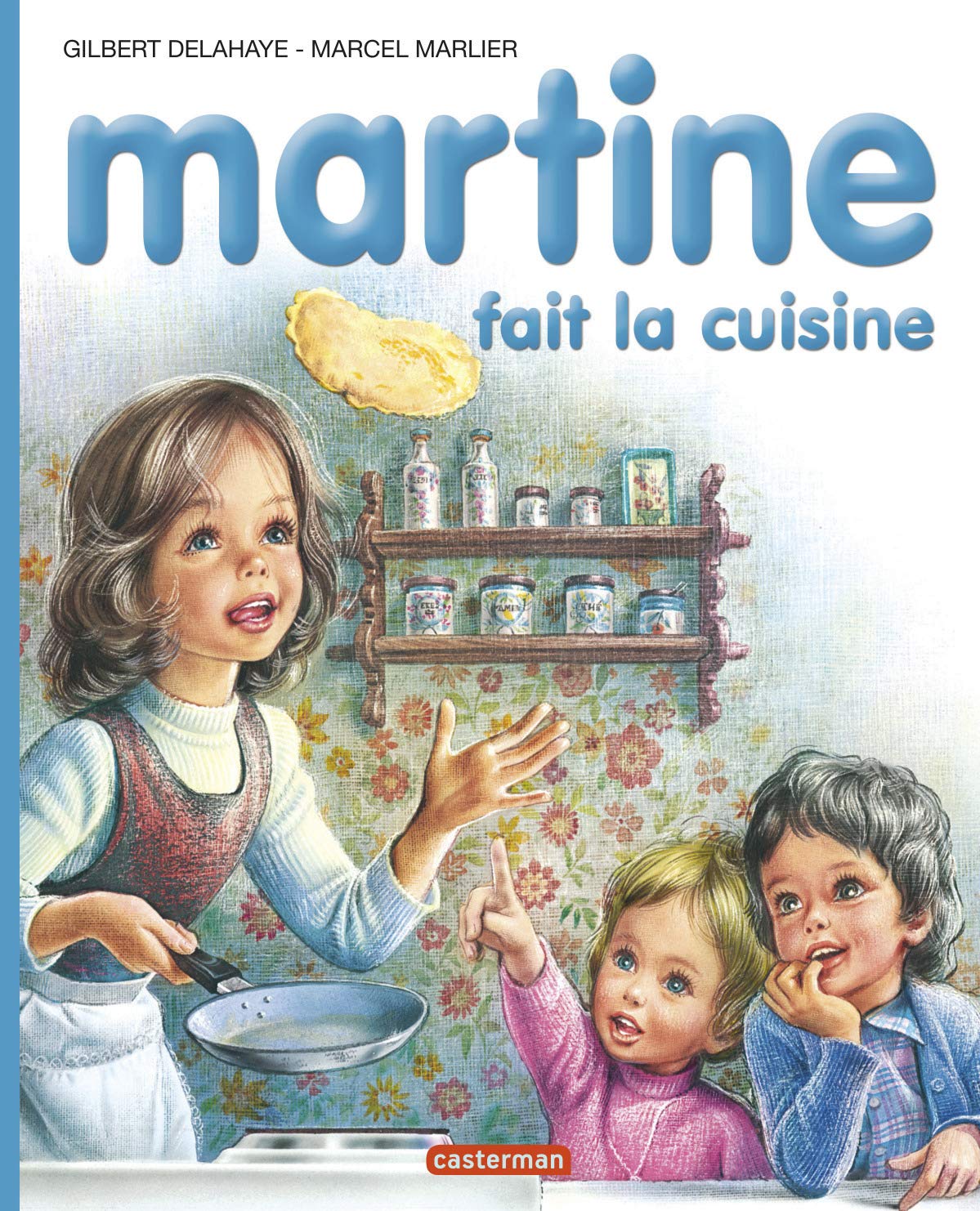
The Martine series is a collection of illustrated French-language books by Marcel Marlier and Gilbert Delahaye, both from Belgium, that first appeared in 1954.
The 60th and final book in the series was published in 2010, the year before the death of illustrator, Marlier.
The books have proved to be incredibly popular, selling over 100 million copies since their inception.
They follow the adventures of Martine and her two brothers, Jean and Alain. Titles include Martine à la ferme (Martine at the Farm), Martine fait du camping (Martine Goes Camping) and Martine au zoo (Martine at the Zoo), giving you an idea of the kind of plotlines to expect.
These are the kind of books that younger readers will appreciate most. But due to the everyday nature of the stories they tell and the experiences of Martine in each book, they’re also good for lower-level adult learners looking to pick up some basic vocab from kids’ books.
13. Niourk – Stefan Wul
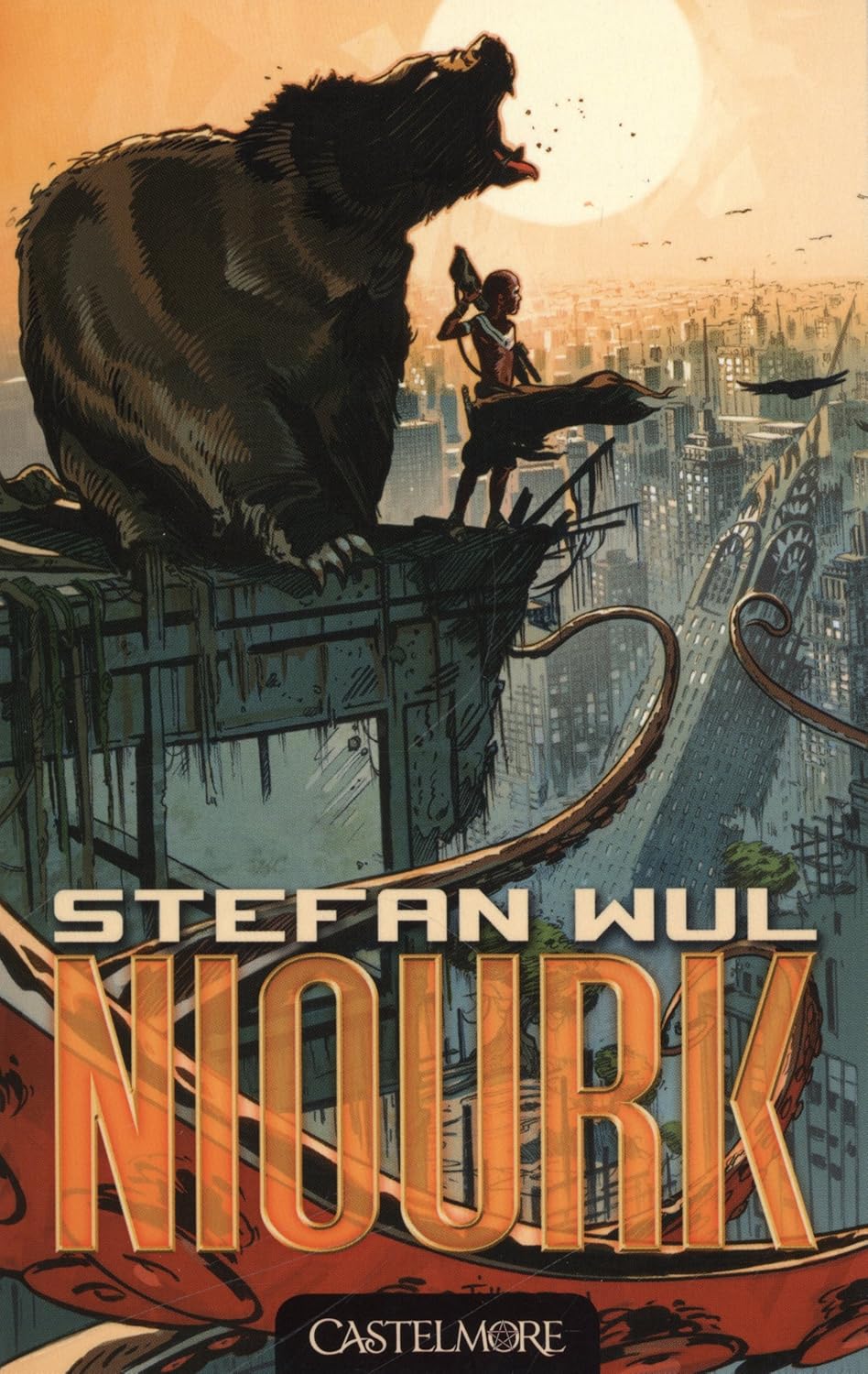
A science fiction novel aimed at young teenagers, Niourk (1957) is set in a future dystopian world where only tribes with Stone Age technology manage to survive.
A child, who has been sentenced to death once the tribe’s shaman comes back from the sacred city, instead sets off for the sacred city himself when the shaman fails to return.
There, he discovers remnants of the past, and the meaning of the novel’s title is revealed.
Although you may already be able to guess, especially with the help of the images of the Statue of Liberty that adorn the cover of many editions of the book.
Stefan Wul writes with an easy style for intermediate/upper intermediate readers and above to understand. And his stories are gripping and engaging, making them a recommended choice for science fiction fans who are also intent on improving their French.
FAQs About French Children's Books
What are some good French children's books to learn French?
1. Le Petit Prince – Antoine de Saint-Exupéry
2. Les Trois Mousquetaires – Alexandre Dumas
3. Le Tour du monde en quatre-vingts jours – Jules Verne
4. Histoire de Babar – Jean de Brunhoff
5. Astérix
6. Le Petit Nicolas – René Goscinny, illustrated by Jean-Jacques Sempé
7. Les Contes de Perrault – Charles Perrault
8. Les Malheurs de Sophie – Sophie Rostopchine, Countess of Ségur
9. Le Loup
10. T’choupi
11. Petit Ours Brun
12. Martine – Marcel Marlier and Gilbert Delahaye
13. Niourk – Stefan Wul
French Children's Books – Enjoy What You Read

As I mentioned in the introduction, varying your study material is an important element in successful language learning, and reading can play a big part in this.
It’s essential to choose reading material that challenges you but that isn’t too difficult. If you understand about 80%, then it won’t be too hard, but it will still be difficult enough to push you to improve. This is a key part of the StoryLearning method.
In this list, I’ve tried to give you a good selection of material to choose from, including different types of novels, books for different ages and material at different levels.
That way, you should be able to find something at the right level for you and also something that you enjoy – because enjoying what you read will help you get the most out of whatever material you choose to consume.

Olly Richards
Creator of the StoryLearning® Method
Olly Richards is a renowned polyglot and language learning expert with over 15 years of experience teaching millions through his innovative StoryLearning® method. He is the creator of StoryLearning, one of the world's largest language learning blogs with 500,000+ monthly readers.
Olly has authored 30+ language learning books and courses, including the bestselling "Short Stories" series published by Teach Yourself.
When not developing new teaching methods, Richards practices what he preaches—he speaks 8 languages fluently and continues learning new ones through his own methodology.










































